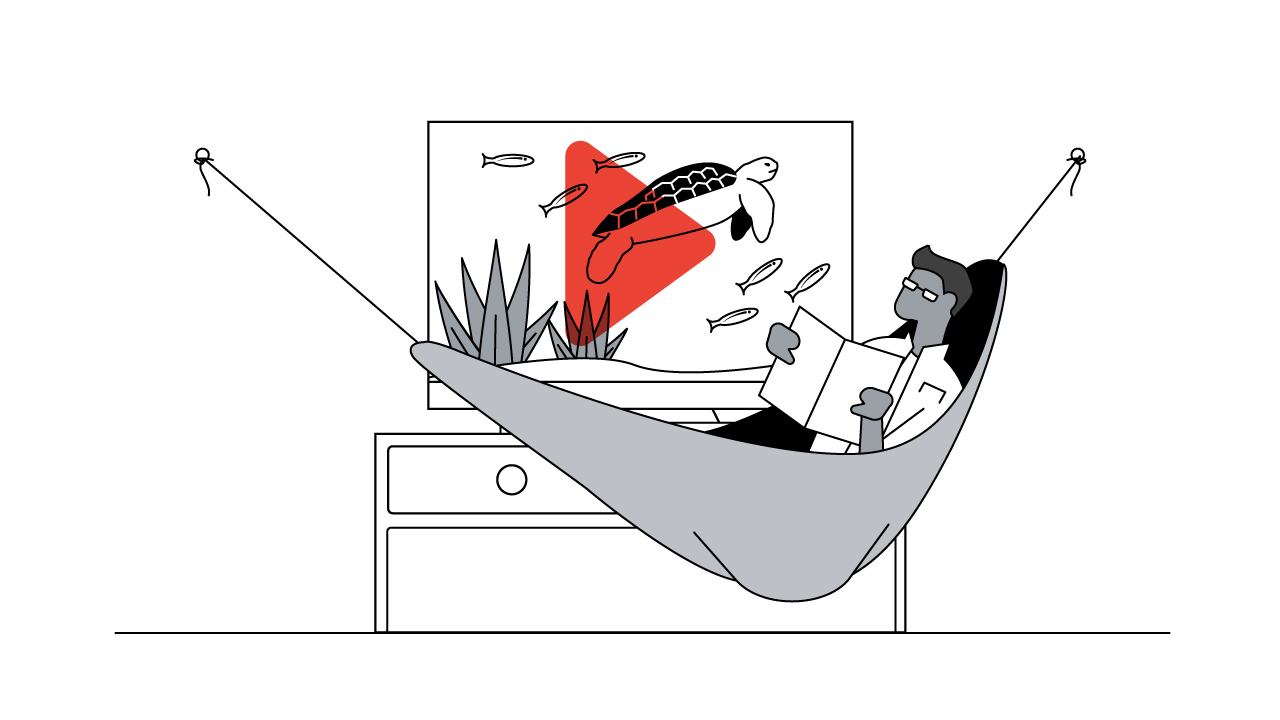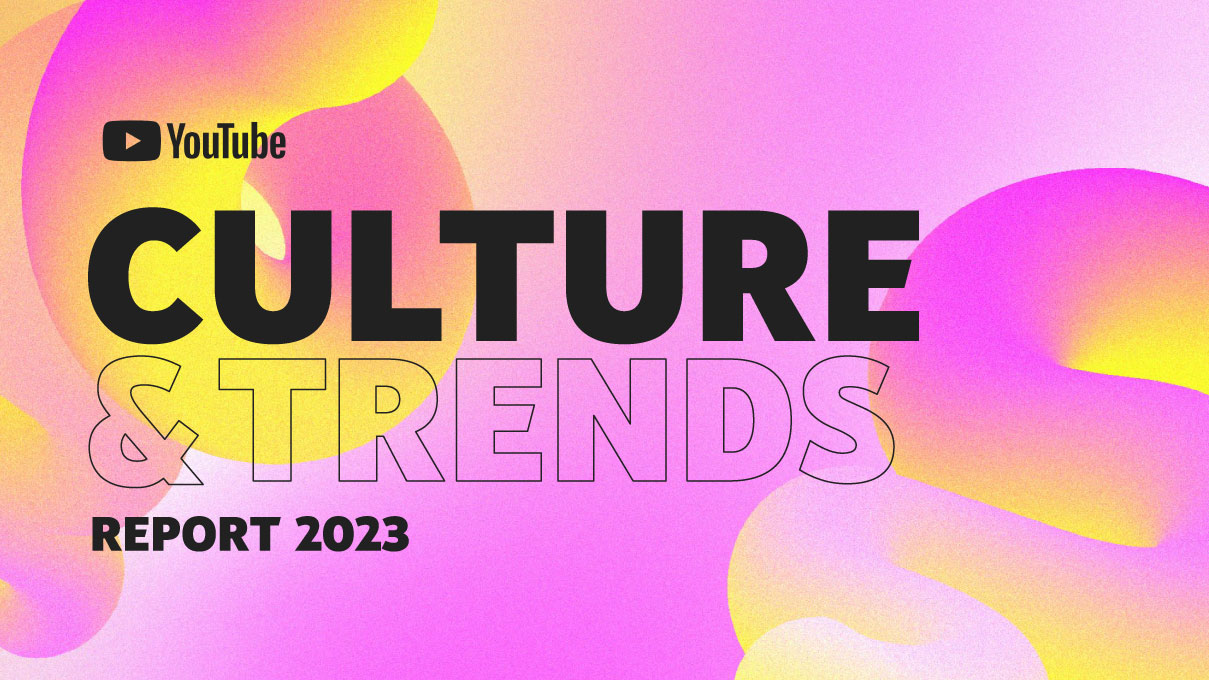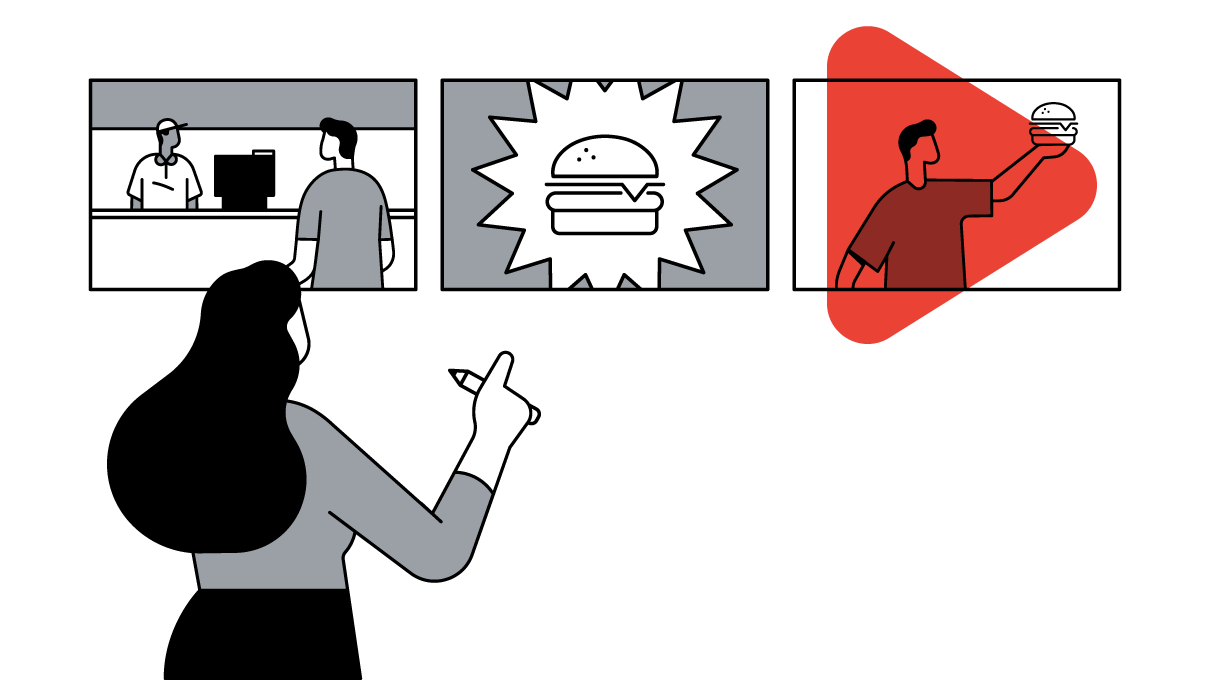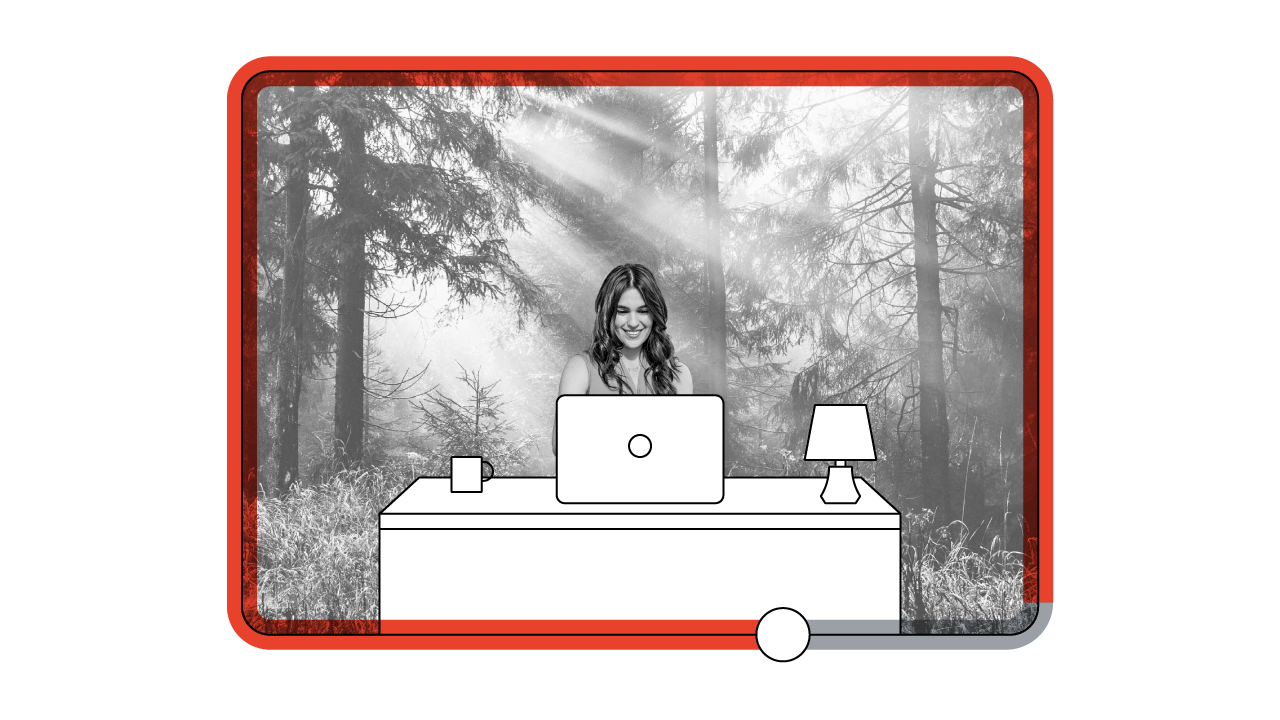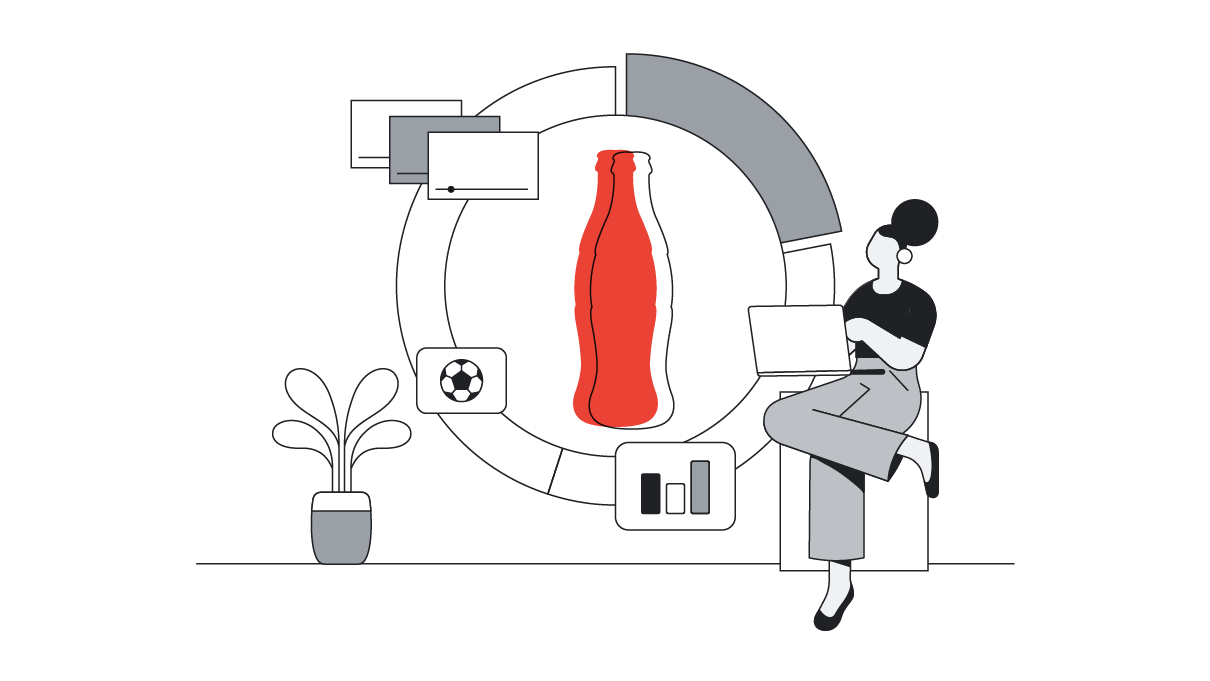
As we kick-off a new year, the lessons learned by marketers in the previous 12 months can offer clues on how to shape and share effective campaigns in the future.
In 2023, artificial intelligence (AI) drove advertising to new levels of creativity, while audiences called out for connection, sustainability, and authenticity. Global advertising spend grew steadily and is predicted to hit a record high of more than $1 trillion in 2024, with social media spend leading the way.
We’ve also seen an explosion in video consumption that has influenced how people watch ads. Advertisers are adapting the way they tell their stories — across formats and screens — driven by growth in short-form content (with YouTube Shorts amassing more than 30 billion daily views1) and co-viewing (86% of viewers pay more attention whilst watching YouTube on TV screens with others2).
To find out what this means for advertising in 2024, four industry experts share their favourite video campaigns from the past 12 months. Their insights show us what successful ads of the past can teach us about reaching the audiences of tomorrow.
Tourism Business Council of South Africa: Tapping into the element of surprise

This campaign flips the script on the tourism ads that you would typically see. The use of a globally renowned comedian, Trevor Noah, who is also South African, makes this a perfect mash-up. It allows for the ad to show all the great things about the country, while also using Noah’s global stature to demystify some of the misconceptions that many people have about it.
This video is complemented well by a series of funny short-form videos, which cleverly lift smaller sections from the hero ad to create snappy and engaging YouTube Shorts.
The campaign shows that when strategy meets creativity, it’s a winning formula. It does a solid job of addressing some of the creative challenges and nuances of delivering its strategy. For example, which parts of South Africa do you show, and which do you not show?
It’s impossible to show every benefit of your product in one ad, and so to land on what will attract the audience is vital. That means you need to understand what makes people love your brand or product — in this case, South Africa — and what keeps them coming back to it.
The campaign was a viral success when it launched. You couldn’t be on any social media platform and not see it — and be charmed by it. And ads need to charm people, make them smile, share, and be moved. That’s very important in any creative work, it needs to make people feel connected to the brand and to each other.
Heetch: Stepping up to make a social impact

Everyone is looking for ways to use AI in their campaigns these days, but this ad turns that on its head to share a strong social message. Ride-sharing company Heetch focuses on suburban trips, many of them in the French suburbs, or “banlieue”. But the company saw that a popular generative AI platform was generating stereotypical images of the French suburbs — if a prompt included the word “banlieue” it would throw out dark, depressing images of unhappy people.
So Heetch created a corrective database of its own photos, showing more authentic images of the banlieue with happy people doing regular, everyday things. Then they turned the photos into postcards addressed to the 11 engineers behind the AI platform, with QR codes on the back leading to the more positive photo database. And, crucially, they provided a space for banlieue residents to write messages with their own more realistic impressions of where they live.
I love this socially powerful hack, with a touch of Robin Hood. It serves as a reminder that brands have a significant societal role to play. They should engage and champion causes that matter to them, their teams, and their clients. They must contribute to changing behaviours and perspectives on the world.
Heetch's business takes a back seat here. Instead, the brand is infused with social value. But there’s also financial value, I have no doubt this video ad will lead to a boost in awareness of the company and to its business.
Currys: Finding the fun in sustainability

This video shows old electrical goods finding their way back to a Currys store to get recycled, promoting a scheme where people get money off if they bring an unwanted electrical item into the store.
It’s a very clever ad. They don’t use any special effects, but have remote controlled TVs and vacuum cleaners and mobile phones zipping through main shopping areas. There’s real ingenuity behind it as you can see people’s genuine reactions and it’s all very natural.
It's a great business idea, but, first and foremost, it's a great sustainability idea. The Ad Net Zero movement drives the advertising industry to transition to net-zero carbon emissions and we always want to see more advertising that brings to life the five-step action plan, which is about using advertising’s power to support positive behaviour change. This ad does that in a really simple, compelling way. Lots of research shows the best way to get people to change their behaviour is through small nudges and humour is such an effective way to do that.
And of course, you need to make recycling easier. This video shows that all you need to do is take your electronic items to your closest Currys store. The retailer is both encouraging people to make sustainable choices, and showing that, as a company, it’s also doing something for sustainability. The ad enhances their brand and enhances their business at the same time.
Ikea: Putting people first, not products

It’s not easy to get purpose right in advertising, but Ikea nails it with their "Proudly Second Best" ad. It’s one of a series of short, everyday commercials co-created by agencies David Madrid and Ingo Hamburg.
Most brands tend to put themselves first when it comes to purpose-driven marketing. But here, Ikea puts itself second and its customers first, as it celebrates the fact that often children would rather sit, sleep, and even stand on their parents instead of their bedroom furniture.
The short, quiet format brilliantly cuts through the stream of so many other commercials that use loud music, special effects, and fast editing to grab people’s attention. The products and even pricing are cleverly and subtly integrated, stressing the point that these ads are about people, not possessions. It was all of these elements that helped earn the campaign a gold at last year’s Cannes Lions advertising awards.
At a time when environmental and social values are becoming increasingly important for consumers, it’s easy for brands to rely on chest-thumping virtue signalling to highlight their ethics. Done badly, those efforts can look like marketing stunts and can lead to distrust among consumers. Ikea expertly avoids this pitfall — which I call the “hero trap” — by showing humility and putting the parent-child bond at the centre of its “Proudly Second Best” ads. It’s a powerful way to earn people’s trust and loyalty.
